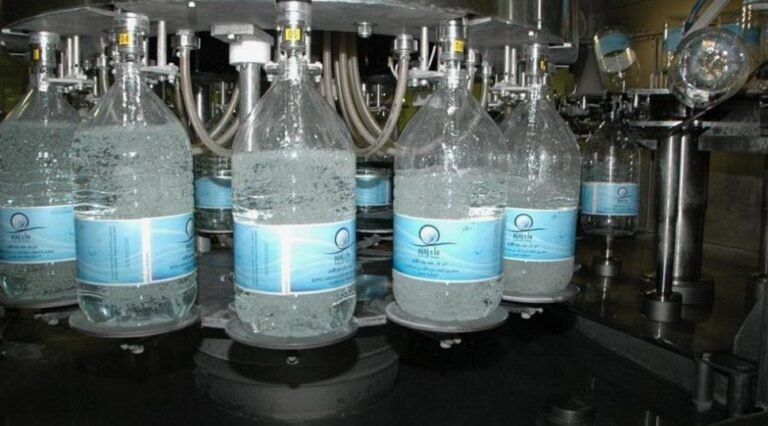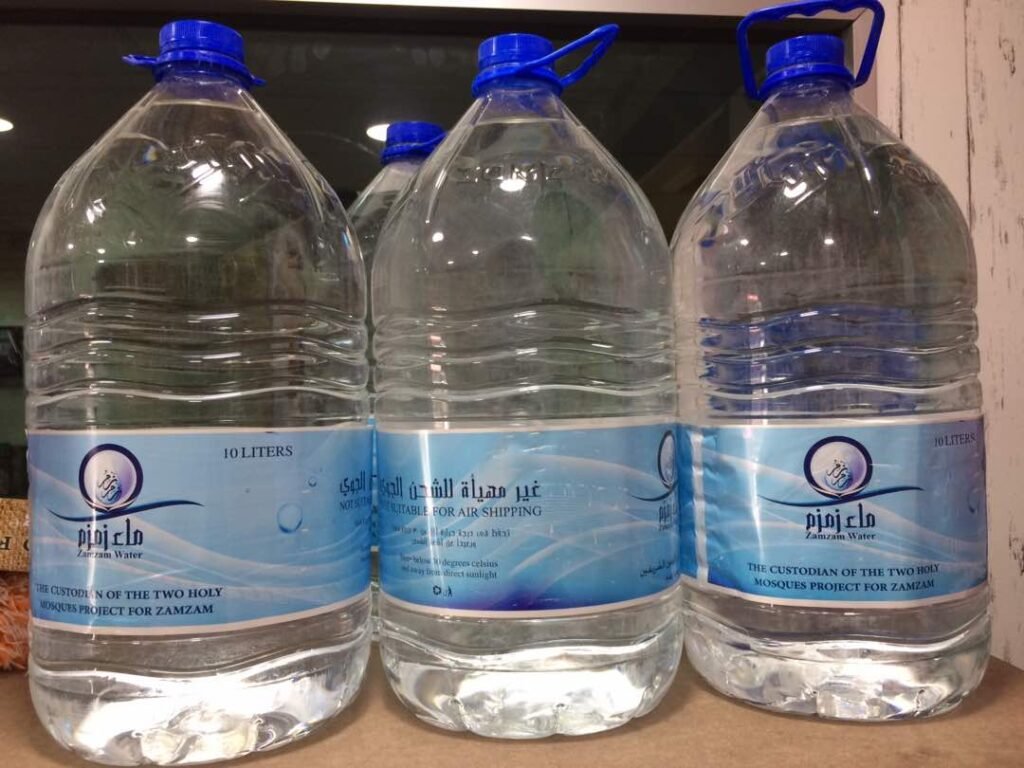Zamzam water holds a significant spiritual and cultural value for Muslims around the world. Sourced from the Zamzam well in the Masjid al-Haram in Mecca, Saudi Arabia, this water is revered for its religious significance, historical roots, and purported health benefits. Its distribution, therefore, is not merely a logistical task but a deeply meaningful process intertwined with religious reverence and international regulations.
The Source of Zamzam Water
Zamzam water originates from the Zamzam well, a sacred site with an estimated age of 4,000 years. According to Islamic tradition, the well miraculously provided water to Hagar and her son Ishmael when they were left in the desert by Prophet Abraham. This water has since been considered blessed, and pilgrims to Mecca (both during the Hajj pilgrimage and Umrah) often collect it to take back to their homes, symbolizing a spiritual and physical connection to their faith.
Collection and Initial Handling
The collection of Zamzam water is regulated by the Saudi Arabian authorities to ensure both the sanctity and quality of the water. Specially designed facilities have been set up near the well to collect, filter, and store the water. The water undergoes stringent quality checks to ensure it is free from contaminants while retaining its natural minerals, which are believed to contribute to its unique taste and health benefits.
Distribution Within Saudi Arabia
Distribution Points in Mecca
In Mecca, several designated points facilitate the distribution of Zamzam water to pilgrims. These points are equipped with dispensers that allow pilgrims to fill their containers with ease. The authorities have implemented a system that ensures orderly and fair distribution, preventing overcrowding and ensuring that everyone has access to this precious resource.
Packaging and Bottling
Zamzam water is also packaged in various quantities for easy transportation. Bottles ranging from small personal sizes to larger containers are sealed and labeled to certify their authenticity. The bottling facilities adhere to strict hygienic standards to maintain the purity of the water.
Distribution During Pilgrimage
During the Hajj season, the distribution of Zamzam water becomes a monumental task. Special measures are put in place to cater to the millions of pilgrims who visit Mecca. Mobile distribution units and additional temporary dispensing points are set up to meet the increased demand. Volunteers and workers play a crucial role in managing these distribution points, ensuring that the process runs smoothly and efficiently.
Export and International Distribution
Regulations and Permissions
The export of Zamzam water is subject to strict regulations by the Saudi government. Only authorized entities are allowed to handle and distribute Zamzam water outside Saudi Arabia. This is to ensure the authenticity of the water and prevent fraudulent activities. Each bottle intended for export is typically sealed and marked with an official stamp of approval from the Saudi authorities.
Distribution Channels
International distribution of Zamzam water is primarily managed through various channels including Islamic centers, mosques, and select retail outlets that specialize in religious items. These entities obtain their supplies from authorized distributors to ensure the legitimacy of the water they offer. In addition, some airlines provide small bottles of Zamzam water to pilgrims returning home, a gesture that underscores the cultural and religious importance of the water.
Challenges in International Distribution
The international distribution of Zamzam water faces several challenges. Firstly, ensuring the authenticity and purity of the water throughout the supply chain is critical. Counterfeit Zamzam water is a significant issue, and measures such as unique labeling and secure packaging have been implemented to combat this. Additionally, the cost of transporting Zamzam water can be high due to its weight and the need for careful handling, which affects the availability and pricing in different countries.
Personal and Community Distribution
Pilgrims Bringing Zamzam Water Home
For many Muslims, bringing Zamzam water home after performing Hajj or Umrah is a cherished tradition. Pilgrims often carry bottles of the water in their luggage, despite the limitations imposed by airlines on liquid transportation. The Saudi government has facilitated this by providing special packaging that meets international travel regulations, allowing pilgrims to transport the water more easily.
Sharing Within Communities
Once at home, pilgrims distribute Zamzam water among family, friends, and community members. It is often used in religious ceremonies, given to the sick for its believed healing properties, and shared during significant life events such as births, weddings, and funerals. This act of sharing strengthens community bonds and extends the spiritual blessings of the pilgrimage to a broader circle.
Online Distribution
In recent years, the rise of e-commerce has facilitated the sale of Zamzam water online. Authorized sellers offer the water through various platforms, allowing Muslims worldwide to purchase it conveniently. However, buyers are advised to verify the authenticity of the sellers to avoid purchasing counterfeit products.
Conclusion
The distribution of Zamzam water is a multifaceted process that involves careful management to maintain its sanctity, purity, and accessibility. From the initial collection at the sacred well to its international distribution, every step is meticulously regulated and executed to ensure that this precious resource reaches Muslims around the world in its purest form. The efforts of the Saudi authorities, authorized distributors, and individual pilgrims all contribute to making Zamzam water available to the global Muslim community, thereby nurturing their spiritual connection and fulfilling a deep-rooted religious tradition.
4o



